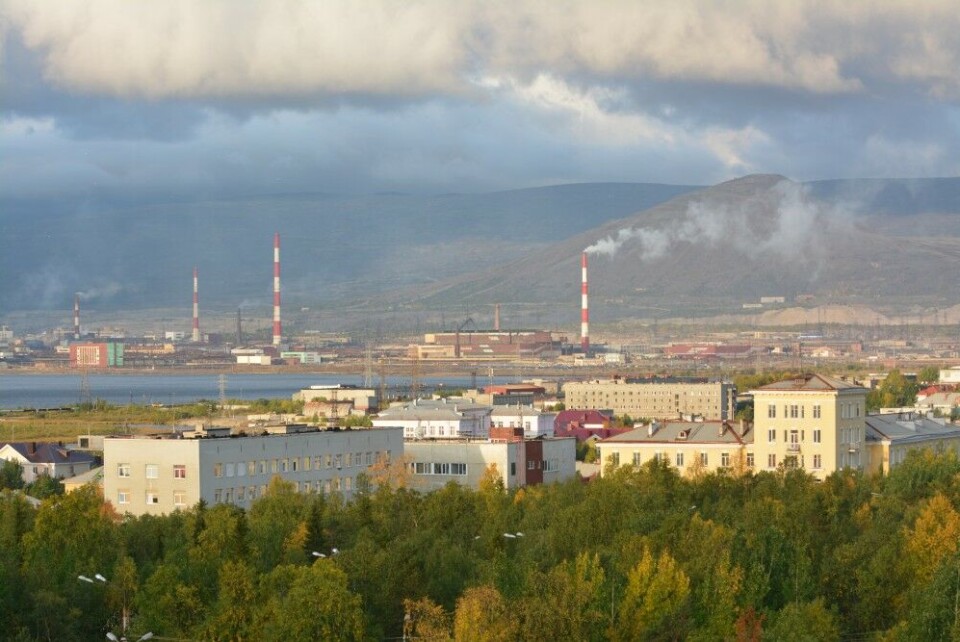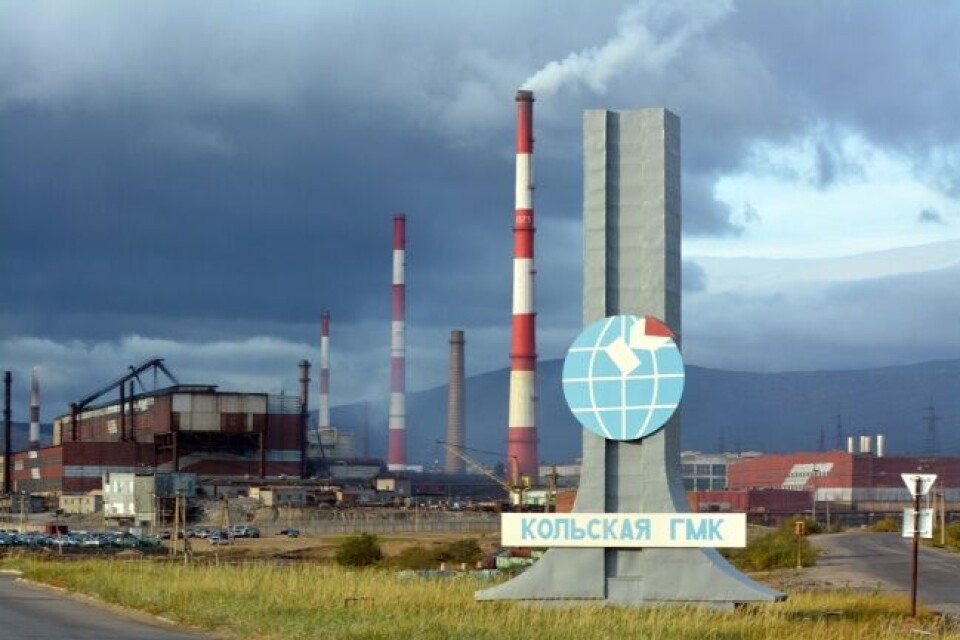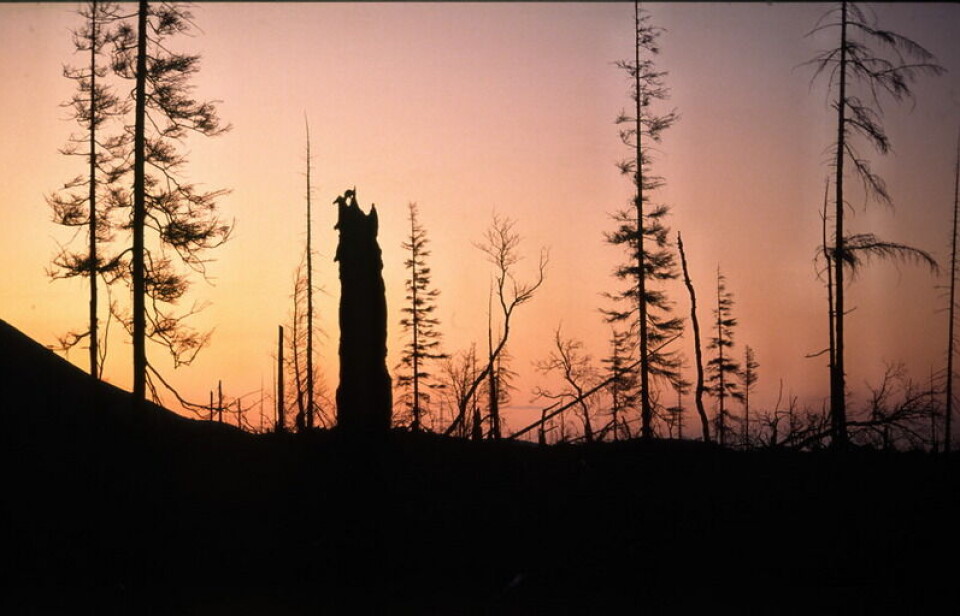
Less pollution expected as Nornickel resumes sulfuric acid production in Monchegorsk
After a year with several smog incidents damaging the nature surrounding the factories, the company now launches several projects aimed at making the skies blue.
Kola GMK, the subsidiary of Nornickel in the Murmansk region, will over the next three years invest 7,8 billion ruble (€85 million) in clean-production technologies.
In 2000, the sulfuric acid department at the nickel refinery was decommissioned. Now, this production will be resumed after an upgrade and re-equipment. “Thanks to the new sulfuric acid separation system, we plan to reduce emissions of sulfur-containing gases by more than 400 tons per year,” said Maxim Ryabushkin, Chief Engineer of Kola GMK in a statement.
He assures that the new equipment will be more advanced and reliable, and with a higher efficiency than the production shut down 20 years ago. As an example, the old metal pipelines and acid collectors will be replaced with new ones made of acid-resistant durable polymeric materials.

The new sulfuric acid production will be up and running by 2023, the company informs.
In 2017, Kola GMK said it restarted an old sulfuric acid production line at its smelter in Nikel near the border to Norway. It was then said higher content of sulfur in the briquets from a modernized plant in Zapolyarny made it easier to collect the sulfur and make sulfuric acid out of it.
In Nikel, the smelter will shut down this Christmas and production will then be moved to Monchegorsk where the modernization now will happen. The nickel refining plant here is the world’s largest.
A common filtration system aimed at capturing the smoke and sulfur aerosols will be installed, so less smog will be discharged from the chimneys.

Also by 2023, auxiliary equipment for purifying process gases are to be installed at the fluidized bed furnaces in the refining shop of the plant.
This summer and autumn, the Barents Observer has on several occations reported about thick smog covering kilometers after kilometers of fragile taiga forest west of the factories in Monchegorsk, a two-hour drive south of Murmansk in the Russian north.
















